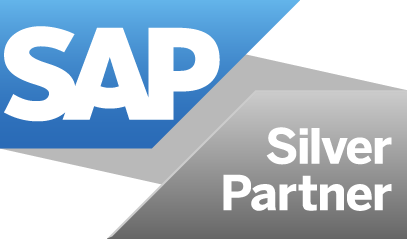To know more visit : www.myjoining.in

Blog
Orane’s blog posts keeping you up to speed with what’s hot in the world of business.
Unlock your organization’s Onboarding potential with Gamification
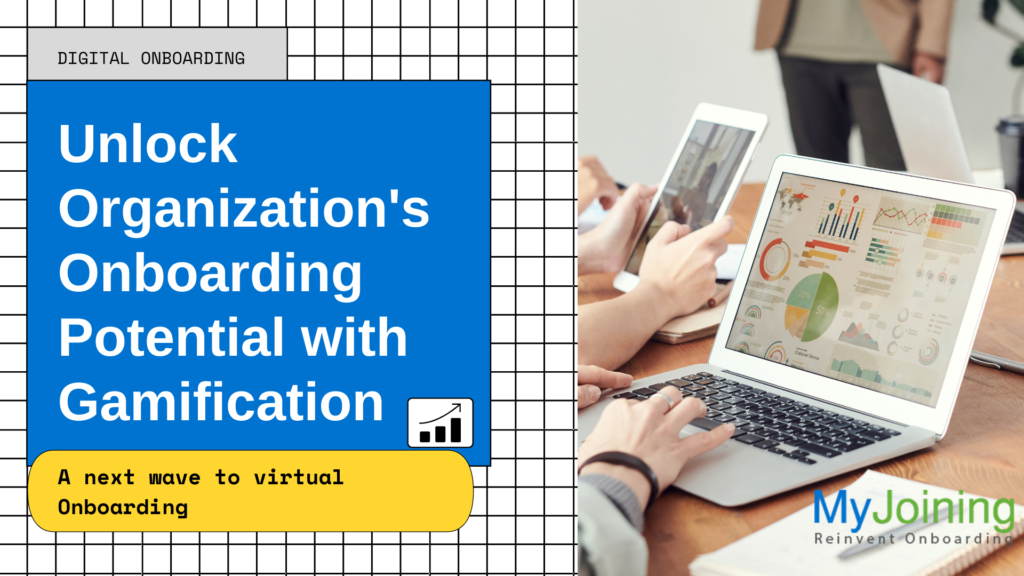
Introduction:
In spite of the fact that Gamification is an amazing asset to enhance Onboarding among new hires, take note that the procedure is similarly relevant for a wide range of preparing in the work environment. Advancements change constantly and this makes it imperative for associations to update the aptitudes of their employees. With Gamification, it isn’t just conceivable to make this preparation procedure fun, yet in addition all the more exceptionally proficient. Research has proved that Gamification is tied in with improving your Onboarding process to drive employee commitment and maintenance. The same study also suggested that only 15% of companies are as of now utilizing Gamification.
Making the Right First Impressions:
Gamification is the application of mechanics which make games fun and addictive to nongame experiences.
– Seamlessly aligns business goals with onboarding
– Increases engagement and retention
– Improves productivity and performance
– Delivers consistent, scalable results
Onboarding Via Gamification:
Gamification can enable constant learning and engagement by making your training program more interesting, giving you better opportunities to interact with your new employees, allowing you to assess their performance and give regular feedback.
1. Earn – (Badges and points)
2. Display – (Leaderboards and task lock and unlock model)
3. Redeem – (Reward system based on points)
Competencies Mapping Via Gamification:
1. Badges:
– In the to-do task list, we can define badges- Bronze-Silver-Gold-Platinum. On completion of 2-3 tasks, the system will allocate one badge to the user and as he moves to complete further tasks he/she will be eligible for more badges.
– The user will get the badge in the portal and a mail for completing the task and achieving the badge.
2. Assign Points:
– For each training/task/module, we can assign points. After completion, the system will allocate points to the user.
– Assigning a point value to a badge helps signify the value of the task at hand. We can combine the badges with points. For each badge, we can define points.
– For e.g. On completion of MicroLearning policy, the user will get a bronze badge with 100 points. These points or badges earn will be displayed on the leaderboard.
3. Reward systems based on points:
– To motivate and keep the momentum high, it is recommended to have something more tangible. If we incentivize the onboarding experience, it will give chance to everyone to compete and win based on the successful completion of onboarding courses
– We can tie up with a rewards-based portal. The user can earn points and can redeem those points against a catalog of Experiences and Gift Vouchers available in the Redemption Section.
– The company can recharge the account on the go through easy-to-use payment gateway methods.
4. Leaderboards:
– We can have a scoreboard where we can show the names and current scores of all the users who are enrolled in the induction program.
Based on the badges and rewards points we can showcase the user’s list on the scoreboard. It can be a great way to motivate learners.
Subscribe to our communication
You agree to receive newsletters, marketing communication and latest developments from us.

6 Tips to Boost Your Business Performance
- August 19, 2022
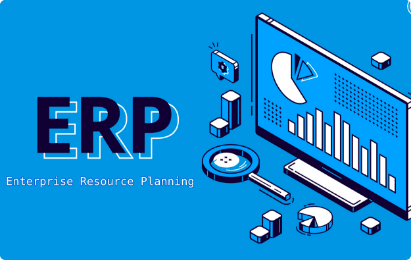
How ERP Implementation is Essential for Businesses? – Top 5 Reasons
- August 19, 2022
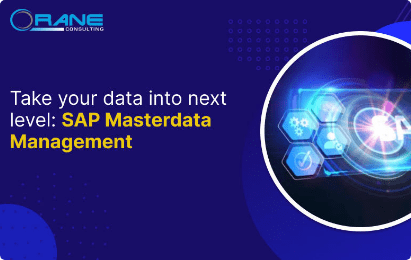
Take your Data into next level
- August 19, 2022
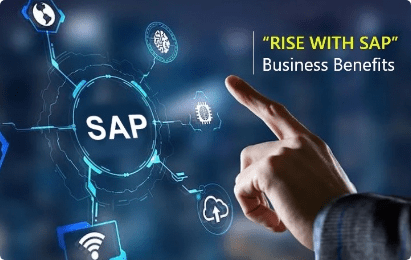
Rise with SAP: Business Benefits
- August 19, 2022
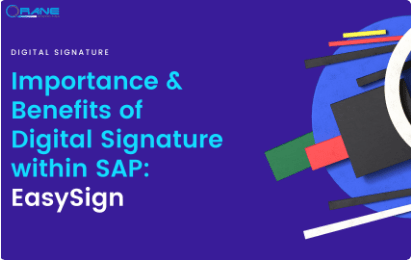
SAP Masterdata Management
- August 19, 2022

